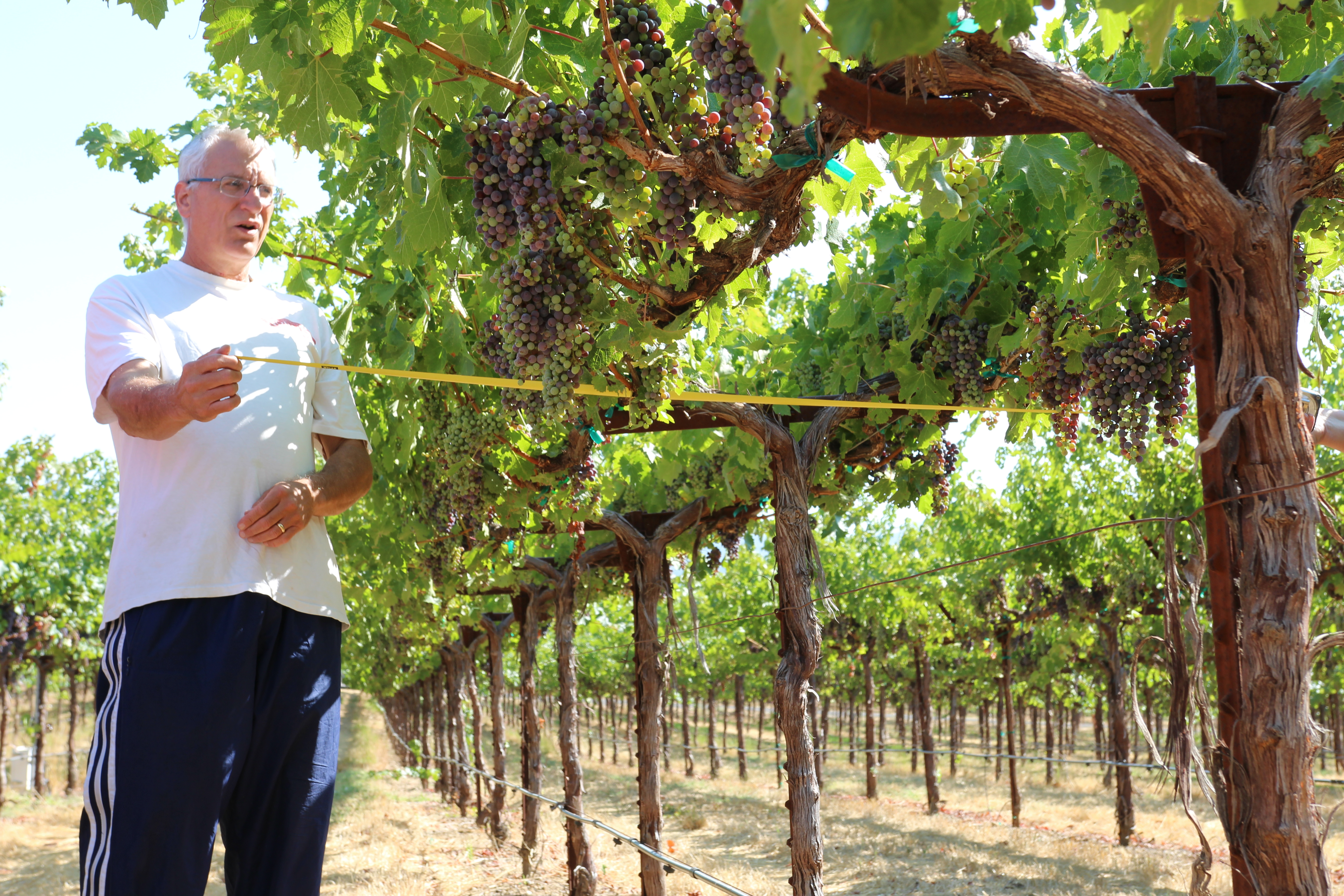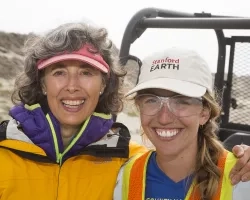William Kustas has been developing methods for tracking plant water use over his nearly 35-year career as a research hydrologist. Known as Bill to his colleagues, Kustas is now a Hall of Fame inductee for the U.S Department of Agriculture's Agricultural Research Service (USDA-ARS).
The award marks Kustas' pioneering work in the development of computer models to quantify soil and vegetation water and energy exchange using remote sensing.
These approaches led to major breakthroughs in applying satellite and other remote sensing platforms of land surface temperature observations to better track water use from agroecosystems, according to the citation.
"Dr. Kustas exemplifies the ARS mission by actively delivering scientific solutions to national and global agricultural challenges," said ARS Administrator Chavonda Jacobs-Young. "He is a highly-valued employee and his research provides innovative solutions that have far-reaching impact."
Kustas is the principal investigator for the Grape Remote-sensing Atmospheric Profile and Evapotranspiration eXperiment (GRAPEX) project, a private-public collaboration between NASA, the USDA, Utah state University and E&J Gallo Winery.
"Water management and food production are critical challenges for our nation and world," said Brad Doorn, the head of NASA's Applied Sciences Water program area. "This recognition of Bill’s work highlights the importance of his work and his vision that connected NASA Earth observations into his models."
Kustas and his team's work with Gallo laid the groundwork for OpenET, a web-based platform that puts NASA data into the hands of farmers, water managers and others to accelerate improvements and innovation.
OpenET uses publicly available data and open source models to provide satellite-based information on evapotranspiration, he process by which water is transferred from the land to the atmosphere, by water leaving the soil (evaporation) and water lost through plant leaves and stems (transpiration).
"There isn’t a higher honor bestowed by ARS and I am humbled given the class of past recipients," Kustas said. "One of the great challenges facing agriculture is stewardship of the world’s water resources, specifically the reliable maintenance and provision for water of sufficient quantity and quality to meet demand.
"It is very fortunate that USDA recognizes the importance of this work and continues to support research in the development of tools and technologies to improve agricultural water management to ensure sustainable food production and water resources into the future."
In 2019, Kustas received the Hydrologic Sciences Award by the American Geophysical Union (AGU) for "achieving groundbreaking results in advancing both the science and the application of remote sensing and the modeling of soil – plant – atmosphere dynamics to address hydrologic and climate problems."
Throughout his career, Kustas led the way in advances in the development of techniques and methods that are now regularly used to track and map water use as it occurs world-wide.
More about the GRAPEX project is available at the NASA.gov story Raising a Glass in Wine Country to Better Water Management and at the website for USDA-ARS Hydrology and Remote Sensing.
More about OpenET can be found at the NASA.gov story OpenET: A Satellite-Based Water Data Resource.





